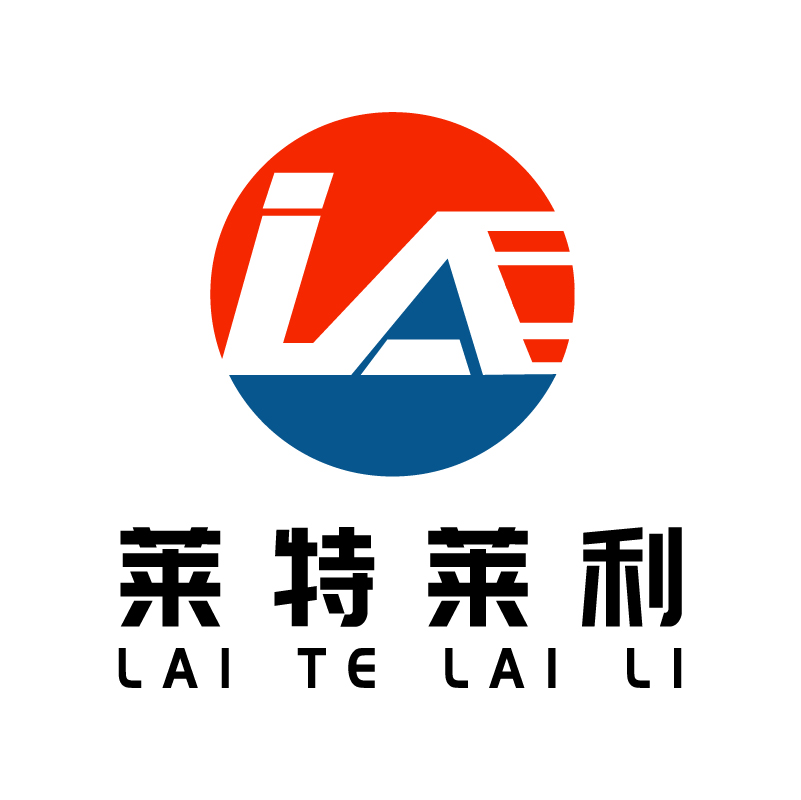How does coated paper tag compare to other material tag?
Compared with other material tags, coated paper tags have their own unique advantages and characteristics. Here's a detailed comparison of the two:
First, material characteristics
Material: coated paper
Features: 1. Smooth and delicate surface: suitable for high-quality printing, strong color reduction. 2. Moderate cost: Compared with some high-end materials, such as metal, leather, etc., the cost is low. 3. Strong adaptability: can adapt to a variety of printing processes, such as laser, percussion, concave, UV, hot printing and so on.
Material: Other materials (such as metal, leather, textile materials, etc.)
Features: 1. Metal: with high gloss, good texture, strong durability and other characteristics, but the cost is high. 2. Leather: soft to the touch, looks upscale, but the cost is also higher, and may involve animal protection issues. 3. Textile materials: soft and environmentally friendly, but the printing effect may not be as clear as coated paper. 4. Plastic: waterproof, durable, but the cost is relatively high, and some plastic materials may not meet environmental requirements.
Second, cost consideration
Coated paper tags often have an advantage in cost, especially for mass-produced products. While high-end materials such as metal and leather can enhance a product's sense of class, their high cost may not suit all budgets. Textile materials and some plastic materials, although the cost is moderate, may not be comparable to coated paper in printing effect and durability.
Third, environmental protection
Environmental protection is a growing concern of modern consumers. Coated paper tags have an average environmental performance because most coated paper is not fully recyclable or biodegradable. However, some manufacturers are developing more environmentally friendly coated paper products, such as coated paper using recycled fibers as raw materials. In contrast, textile materials and some degradable plastic materials may have more advantages in terms of environmental protection.
Fourth, durability
Coated paper tags have better durability under normal conditions of use. However, if you need to use the tag in harsh environments (such as humid, high-temperature environments), you may need to consider more durable materials such as metal or certain specialty plastics. Textile materials, although soft, may not be as good as coated paper and metal in terms of wear resistance.
Fifth, Visual effects
Because of its smooth surface and high-quality printing effect, the coated paper tag can present bright colors and clear patterns, which is very suitable for displaying brand image and product information. Although other material tags also have their own visual effects, they may not be able to meet the dual needs of printing quality and cost effectiveness at the same time.
Sixth,Application Scenarios
Tags of different materials are suitable for different application scenarios. For example, high-end luxury goods may be more inclined to use metal or leather tags to enhance the product's sense of class; Daily consumer goods may be more inclined to use a moderate cost, good printing effect of coated paper tags. Textile and plastic tags may be suitable for applications that require a soft touch or specific environmental requirements.
To sum up, coated paper tags have unique advantages and characteristics compared with other material tags. When choosing the tag material, it is necessary to comprehensively consider various factors such as product characteristics, market demand, cost budget and environmental protection requirements.



